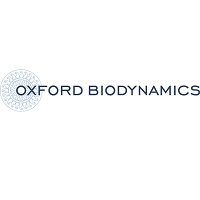Oxford Biodynamics PLC (LON:OBD) Chief Executive Officer Christian Hoyer Millar caught up with DirectorsTalk for an exclusive interview to discuss GL Capital’s stake in the company.
Q1: This morning we saw that a leading Chinese healthcare investment group has taken a stake in Oxford Biodynamics. Christian, why China, what’s the potential there?
A1: So, the Chinese healthcare market is growing exponentially at the moment, the Chinese government understands that this is a priority for them going forward and China will account for a very large proportion of global market for healthcare.
Q2: Can you provide us with more detail on the personalised medicine market in China? What indications are you looking at?
A2: The market for personalised medicine has already been identified by the Chinese government as a priority. In terms of the indications, the platform technology that OBD owns, its epigenetic platform which is called EpiSwitch, is effectively applicable for all therapeutic areas except infection diseases. So, we’ll be looking across the board in terms of what we will be marketing into China.
Q3: Just going back to the partnership, why GL Capital?
A3: GL is a well-respected, leading Chinese healthcare focus investment management group with a very strong business development network. Jeffery Li, who’s the principal of the group, headed up Novartis for 6 or 7 years in China and GL is an expert both in the life science field and in terms of its ability to translate platform technologies into commercialised assets within China.
Q4: In terms of the subscription, it refers to the right of first refusal, what does that mean exactly?
A4: GL and OBD will work out what structure is the most appropriate for both OBD and GL in China and GL will have the right to subscribe into that structure.
Q5: Finally, what are the next steps for Oxford Biodynamics and GL?
A5: So, for OBD and GL, we will be addressing the structural issue, how best to address that market in China, and we will be taking that forward over the next 2 or 3 months to make sure that there’s an awareness in China of the importance of EpiSwitch as a biomarker modality.

